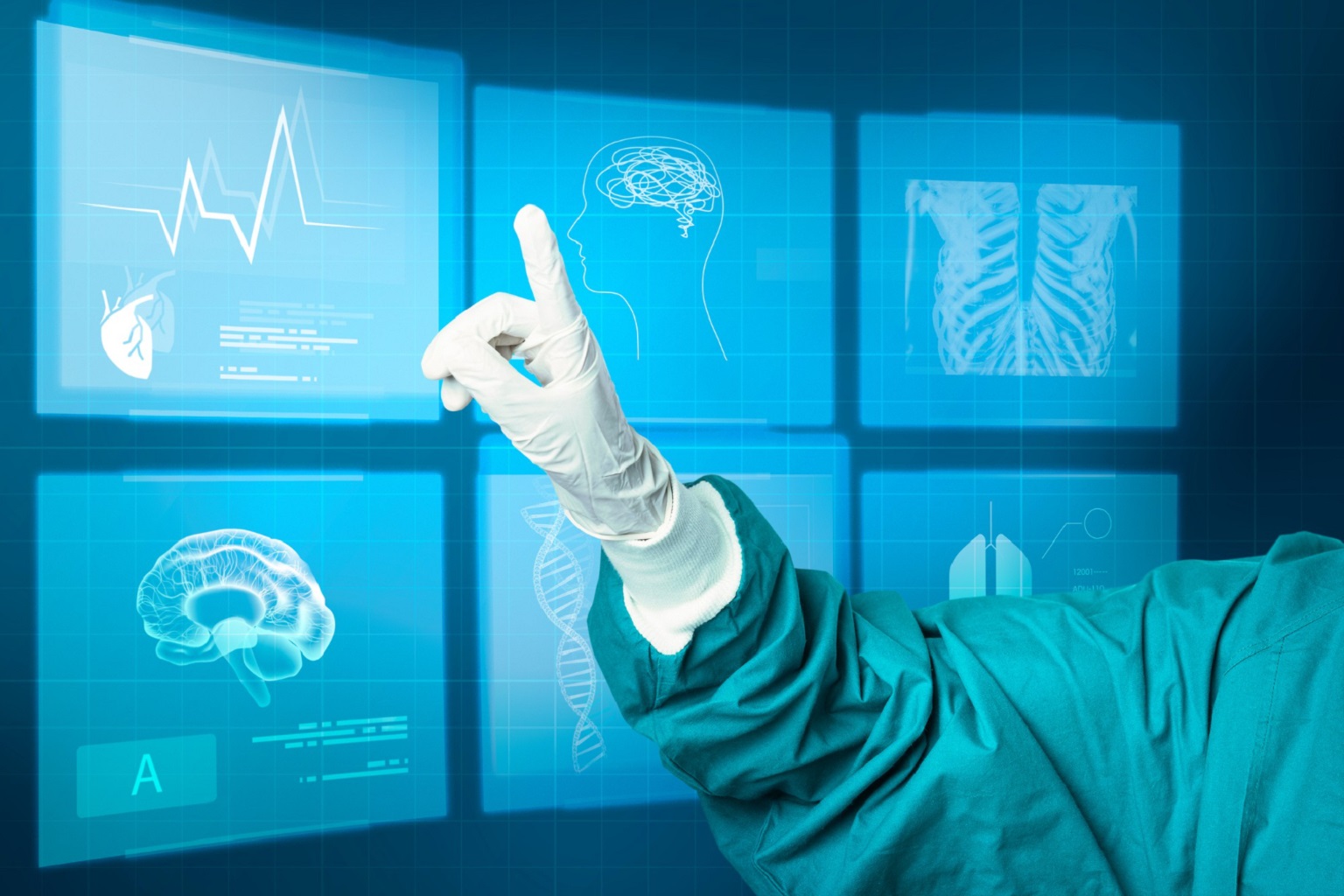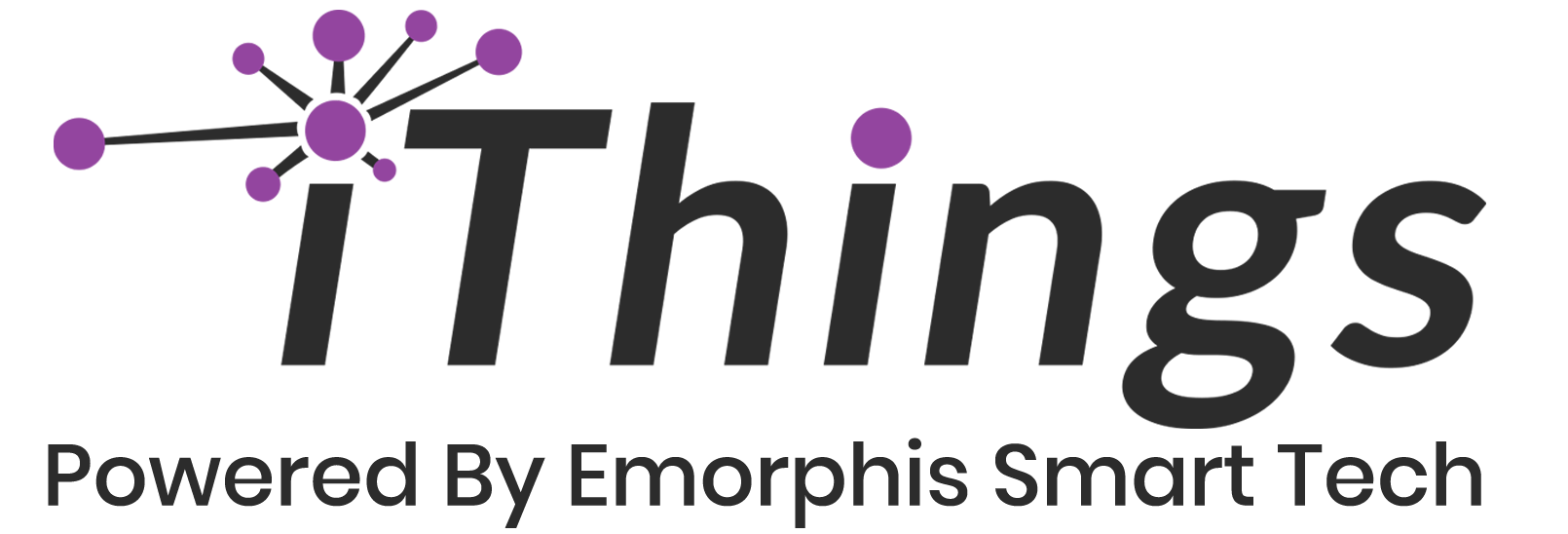
The Internet of Things (IoT) is revolutionizing healthcare by enabling real-time data collection, remote monitoring, and automation, significantly improving patient outcomes and operational efficiency across medical ecosystems.
The global IoT in Healthcare Market size is expected to grow from USD 127.7 billion in 2023 to USD 289.2 billion by 2028, at a Compound Annual Growth Rate (CAGR) of 17.8% over the forecast period, reflecting its transformative impact on healthcare.
From smart wearables to AI-powered medical devices, IoT is reshaping healthcare by ensuring proactive care, reducing hospital visits, and enhancing personalized treatment through data-driven decision-making.
How IoT is Playing a Crucial Role in Healthcare
Connected healthcare solutions powered by IoT are revolutionizing the industry with real-time monitoring, predictive analytics, and automation. It enhances patient care, optimizes hospital operations, and supports data-driven decision-making for better diagnostics, treatment, and overall healthcare management.
- Remote Monitoring – Enables real-time tracking of patient vitals and early disease detection.
- Connected Medical Devices – Automates data collection and reduces manual errors.
- Smart Hospitals – Improves asset tracking, staff efficiency, and resource allocation.
- AI-Powered Wearables – Continuously monitor health conditions for proactive care.
- Telemedicine Integration – Enhances remote consultations with real-time health insights.
By leveraging IoT, healthcare providers can deliver more efficient, personalized, and proactive patient care, ensuring improved health outcomes and operational efficiency across medical institutions and facilities.
Examples of IoT in Everyday Healthcare
IoT is seamlessly integrated into daily healthcare routines, enhancing patient monitoring, medication management, and overall well-being. These innovations help individuals track their health, receive timely alerts, and ensure proactive care, making healthcare more accessible and efficient.
1. Smartwatches for Heart Rate Monitoring
These devices continuously monitor heart activity, alerting users to irregularities like arrhythmia. They provide real-time data, helping individuals and doctors detect potential cardiovascular issues early, and ensuring timely medical intervention and lifestyle adjustments to maintain a healthy heart.
2. Smart Pill Dispensers for Medication Adherence
These IoT-enabled devices dispense the correct dosage at the right time, reducing missed doses or overdoses. They send alerts to patients and caregivers, ensuring better medication adherence, particularly for seniors or individuals with chronic conditions who require consistent medication intake.
3. Continuous Glucose Monitoring for Diabetics
These wearables monitor blood sugar levels in real-time and send alerts for sudden spikes or drops. Users can adjust their diet, medication, or insulin intake, accordingly, reducing risks of hypoglycaemia and improving diabetes management.
4. Smart Air Purifiers for Allergy and Asthma Control
These devices analyze indoor air quality and adjust filtration settings automatically to remove allergens, dust, and pollutants. They benefit individuals with asthma or respiratory conditions by ensuring cleaner air, reducing symptoms, and improving overall respiratory health.
5. Smart Beds for Sleep and Recovery Tracking
These beds track body movements, heart rate, and sleep cycles, adjusting support for optimal comfort. They help individuals with sleep disorders, recovery patients, or elderly users improve sleep quality, leading to better overall health and reduced fatigue.
IoT-enabled healthcare solutions in daily life not only enhance individual well-being but also support proactive health management, reducing emergency visits and ensuring timely medical interventions.
Key Applications of IoT in Healthcare
IoT is transforming healthcare with smart technologies that improve patient care, enhance operational efficiency, and streamline medical processes. Below are some key applications of IoT in healthcare, demonstrating its impact on real-time monitoring, predictive analytics, and automation in various medical environments.
1. Remote Patient Monitoring (RPM) – Real-Time Tracking of Patients’ Vitals
IoT-enabled devices continuously track patient vitals like heart rate, blood pressure, and oxygen levels, sending real-time data to healthcare providers. This ensures early detection of health issues, minimizes hospital visits, and allows timely interventions, improving patient outcomes and reducing healthcare costs significantly.
2. Smart Wearables – Fitness Trackers, ECG Monitors, and Glucose Monitoring
Wearables like smartwatches, ECG patches, and glucose monitors collect and analyze health data, offering real-time health insights. These devices help individuals track fitness levels, detect irregularities, and manage chronic conditions, leading to better personal health management and preventive care strategies through continuous monitoring.
3. Connected Medical Devices – Smart Insulin Pens, Pacemakers, and Inhalers
IoT-powered medical devices automatically monitor and adjust medication or treatment settings. Smart insulin pens regulate insulin doses, pacemakers send alerts for irregular heart rhythms, and connected inhalers track usage patterns, ensuring better disease management and reducing risks associated with chronic conditions like diabetes or heart disease.
4. Hospital Asset Tracking – Managing Medical Equipment and Inventory
Hospitals utilize IoT-based RFID and GPS tracking to manage medical equipment, supplies, and assets. These systems ensure essential tools are available when needed, reduce misplacement, and optimize inventory, leading to more efficient hospital operations, cost savings, and improved patient care quality.
5. Smart Medication Management – Automated Pill Dispensers and Adherence Tracking
IoT-enabled pill dispensers and medication tracking systems remind patients to take their medicines on time. These devices send alerts to caregivers or healthcare providers, ensuring adherence to prescribed treatments, reducing medication errors, and enhancing outcomes for individuals with chronic illnesses or cognitive impairments.
6. Telehealth and Virtual Care – Enhancing Remote Consultations with Real-Time Data
IoT-integrated telehealth platforms provide doctors with real-time access to patient vitals and health records during virtual consultations. This enhances diagnostic accuracy, facilitates remote treatment, and expands healthcare access, particularly in rural or underserved areas, reducing the need for in-person visits.
7. AI-Powered Predictive Analytics – Early Disease Detection and Risk Assessment
IoT devices collect vast amounts of patient health data, which AI-powered analytics process to identify early signs of disease or health deterioration. Predictive insights help doctors take preventive actions, reducing emergency hospitalizations and enabling personalized treatment plans for better healthcare management.
8. Smart Ambulance Systems – Faster Emergency Response and Real-Time Data Transmission
IoT-connected ambulances transmit real-time patient data, such as vital signs and injuries, to hospitals before arrival. This allows medical teams to prepare in advance, enabling faster emergency response, better triage, and improved survival rates during critical medical situations.
9. Elderly Care and Fall Detection – Ensuring Senior Safety and Well-Being
IoT-powered sensors and fall detection devices continuously monitor elderly individuals, alerting caregivers or emergency responders in case of sudden falls or health deterioration. These technologies enhance senior independence, reduce response time to medical emergencies, and improve the overall quality of elderly care.
10. IoT in Clinical Trials – Remote Monitoring and Real-Time Data Collection
IoT devices streamline clinical trials by remotely monitoring participants and collecting real-time health data. This enhances accuracy, improves patient compliance, and accelerates drug development, allowing researchers to assess treatment effectiveness while ensuring patient safety and reducing the need for frequent site visits.
By integrating IoT across various healthcare applications, medical providers and patients experience enhanced efficiency, better decision-making, and improved health outcomes, making IoT a crucial component in modern healthcare innovation.
Benefits of IoT in Healthcare
IoT is revolutionizing healthcare by enhancing efficiency, improving patient outcomes, and reducing operational costs. It streamlines medical processes, enabling real-time monitoring and data-driven decision-making for better healthcare management.
- Improved Patient Care – Enables early disease detection, remote monitoring, and personalized treatment plans.
- Operational Efficiency – Automates workflows, reduce manual errors, and optimizes hospital resource management.
- Cost Reduction – Minimizes hospital readmissions, lowers treatment expenses, and enhances preventive care.
- Data-Driven Insights – AI-powered analytics help predict health risks and improve decision-making.
- Enhanced Patient Engagement – Smart devices empower individuals to track and manage their health proactively.
By integrating IoT, healthcare providers can deliver more accessible, accurate, and proactive medical services, transforming patient care and overall healthcare efficiency.
Challenges and Concerns in Healthcare IoT
Despite its transformative impact, IoT in healthcare faces several challenges that must be addressed to ensure security, reliability, and seamless integration. These challenges range from data security concerns to regulatory compliance and infrastructure limitations, which can affect IoT adoption and effectiveness.
1. Data Privacy & Security Risks
IoT devices collect and transmit vast amounts of patient data, making them prime targets for cyberattacks. Hackers can exploit vulnerabilities to access sensitive health information, leading to data breaches, identity theft, or ransomware attacks. Strong encryption, authentication protocols, and regulatory compliance are necessary to safeguard data.
2. System Integration & Interoperability Issues
Many healthcare facilities use outdated or disparate IT systems, making it difficult to integrate IoT devices seamlessly. The lack of standardized communication protocols between different devices and platforms results in fragmented data, reducing efficiency and limiting the full potential of IoT-driven insights.
3. Device Reliability & Maintenance Challenges
IoT-powered medical devices require continuous connectivity and accurate data collection. Any hardware malfunction, software bug, or network disruption can lead to incorrect readings, misdiagnoses, or treatment delays. Regular maintenance, firmware updates, and predictive analytics are essential to ensure device reliability and performance.
4. Regulatory & Compliance Complexities
IoT in healthcare must comply with strict regulations such as HIPAA (U.S.), GDPR (Europe), and HITECH Act, ensuring patient data privacy and security. Non-compliance can lead to legal consequences and financial penalties. However, adapting IoT solutions to these frameworks can be complex and require significant investment.
5. High Implementation & Operational Costs
Deploying IoT in healthcare involves significant costs, including device procurement, network infrastructure, data storage, and cybersecurity measures. While IoT can reduce long-term expenses, the initial investment can be a barrier for small healthcare providers or facilities in developing regions.
6. Ethical & Data Ownership Concerns
With IoT continuously collecting patient data, ethical concerns arise regarding who owns and controls this data. Patients may have limited awareness of how their health information is used, requiring transparent policies and stronger patient consent mechanisms.
Successfully addressing these challenges will enable IoT to revolutionize healthcare while ensuring data security, operational efficiency, and improved patient care. Healthcare organizations must adopt a balanced approach, prioritizing security, compliance, and usability for sustainable IoT adoption.
Future of IoT in Healthcare
The future of IoT in healthcare is driven by AI integration, 5G connectivity, and advanced automation, making healthcare smarter, faster, and more precise.
- AI & Predictive Analytics – IoT-powered AI will enable early disease detection and personalized treatment.
- 5G-Enabled IoT – Faster data transmission will improve real-time monitoring and telemedicine efficiency.
- Blockchain for Security – Enhanced data encryption will strengthen patient privacy and compliance.
- Smart Hospitals – IoT-driven automation will optimize workflows, reduce costs, and improve patient care.
- Remote & Preventive Care Expansion – More people will benefit from home-based healthcare monitoring and AI-driven diagnostics.
IoT will continue to transform healthcare, making it more efficient, patient-centric, and data-driven in the coming years.
Conclusion
IoT is revolutionizing healthcare by enabling real-time monitoring, smart medical devices, and predictive analytics, improving patient care, hospital efficiency, and overall health outcomes through seamless data-driven decision-making and automation.
Despite its challenges, including security risks, system integration issues, and high implementation costs, IoT continues to evolve with AI, 5G, and blockchain, ensuring safer and smarter healthcare solutions.
As IoT adoption grows, its role in preventive care, remote monitoring, and hospital automation will expand, making healthcare more accessible, cost-effective, and personalized for patients worldwide.
